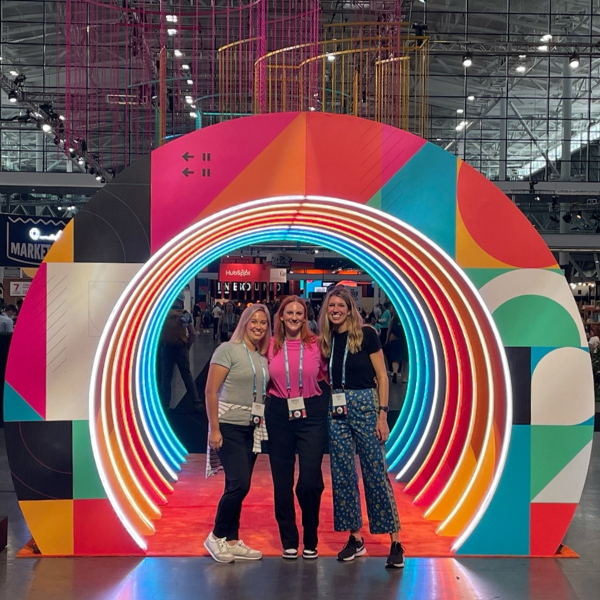Intriguing as it is to imagine a world where artificial intelligence is so advanced we can be fooled into believing a robot is physically and emotionally human, I know I probably won’t live long enough to see it. But there’s still much I will be able to experience as A.I. rapidly develops. From self-driving cars to robotic farmers to glasses that give sight to the blind, A.I. will fundamentally alter the way we live, work and relate to one another. Instead of worrying if a robot will one day sit at my desk, I shift my focus to how A.I.’s potential to transform my industry.
Here are a few new and emerging design tools incorporating A.I. that I find exciting:
• Adobe Sensei is an artificial intelligence and machine-learning framework operating behind the scenes in Adobe’s tools. Currently, you can see it at work in the Face-Aware Liquify feature found in both Photoshop Creative Cloud and Photoshop Fix; the tool uses AI-driven face recognition to let users select and edit human faces in photos.
• Autodesk Dreamcatcher is a generative design system that enables designers to craft a definition of their design problem through goals and constraints. It infinitely remixes content, techniques, principles, and patterns to create massive numbers of design variations.
And at a broader consumer level:
• The Prisma app transforms photos and videos into works of art using the styles of famous artists (Van Gogh, Picasso, Levitan) or well-known ornaments and patterns.
• Flo turns a phone into an intelligent camera and movie maker. This app auto-edits raw video footage at the press of a button into short movies by combining machine learning, computer vision, and natural language processing.
New professional tools are coming to market seemingly every day. The benefit they all have in common for designers is providing more time by freeing us from the most tedious, repetitive tasks we love to hate. Automation and other benefits of artificial intelligence will give us the ability to be more efficient. We’re able to explore and invent more freely, adding to creativity and job satisfaction.
As all designers know, time is our greatest asset, and we need to use it wisely. We have to be conscientious when it comes to process and not become lazy and cut corners, because much of the strength in design lies in the steps taken to create the final result. Process done right leads to great things. In an age when everyone thinks they can design because they can click, there is also continuing downward price pressure on professional design services.
All of which leads me to the aspect of design A.I. won’t get to any time soon: empathy. One of the essential things that I took away from design school was to really know your audience. If we develop solutions in isolation, we run the risk of creating solutions that sometimes completely miss the mark. In a data driven world, empathetic research is more than facts about people; judgment must be applied. There is a fair amount of interpretation required to discern the meaning behind what people say. Scientists will attempt to recreate empathy, but I think robots will always be missing the essential equipment. As Sherry Turkle, a professor of the social studies of science and technology at MIT states:
“They have not been born; they don’t know pain, or mortality, or fear. Simulated thinking may be thinking, but simulated feeling is never feeling, and simulated love is never love.”
Empathy must be part of the process to arrive at smart, beautiful, and more important, impactful design. If one day a robot manages to come up with an award-winning campaign, I still question how great it would be. Because in my eyes, apart from process, where great ideas come from is still a mystery.






